All over the world, 22nd of April is celebrate as the Earth Day. Thanks to the origin and credits to Gaylord Nelson, who was the US Senator from Wisconsin and he witnessed the 1969 Santa Barbara (California) oil spill. This environmental catastrophe made him organise an environmental teach-in or an educational forum which led to becoming the Earth Day. On 22nd April 1970, the first Earth Day was organised and was attended by over 20 million people. 42 years later and this day has become a true global reality - with over 500 million people participating and governments from over 175 countries make changes in policies that focus on clean air, water, sustainability, climate change and biodiversity conservation practices. This year, the Earth Day campaign is to ”Mobilize the Earth”. According to the Earth Day Network “The Earth Day 2012 campaign is designed to provide people with the opportunity to unite their voices in a call for a sustainable future and direct them toward quantifiable outcomes, using vehicles, such as petitions, and the Billion Acts of Green campaign”.
Wild Navigator uses vehicles like social media for wildlife conservation as an awareness tool. We focus our attention this Earth Day on charity Snow Leopard Trust and enclose updates from the field officers as their guest post.
The Trusts mission is to protect snow leopards and their mountain ecosystem through a balanced approach that addresses the needs of local people and the environment. The Trust was founded in 1981 with headquarters in the United States and is the largest and oldest organization dedicated solely to protecting snow leopards in the wild. With an international staff of more than 40 people, the Trust supports field offices in five countries: China, India, Mongolia, Kyrgyzstan, and Pakistan, which together contain over 75% of snow leopard habitat. In the late 1990’s, the Trust was one of the first conservation organizations to pioneer community-based conservation, in which the economic and social needs of communities are addressed as part of conservation solutions, and they continue to run numerous programs across snow leopard range. Today, their community-based conservation programs are also augmented with rigorous science and research, expansive education and training for local stakeholders, and advocacy at the local and national level to create or improve management plans and protective policies.
FIELD UPDATES / HIGHLIGHTS FROM THE SNOW LEOPARD TRUST TEAM
© Snow Leopard Trust / Panthera
INDIA: Camera trapping in Spiti Valley
© Snow Leopard Trust / Panthera / Nature Conservation Foundation
Rishi Sharma, one of our Ph.D. students, completed the installation of 50 remote sensor research cameras in the Spiti Valley of Northern India. His focal conservation area, the large (c. 3500 sq km) Upper Spiti Landscape, is an important snow leopard region of India. The cameras cover the bulk of snow leopard habitat and the work will continue through this summer. Apart from helping estimate the population of snow leopards, Rishi’s work is designed to understand how different habitat qualities characterized by factors such as livestock grazing, wild prey abundance, and human presence affect snow leopards at multiple spatial scales. This work is expected to generate valuable data which will help us and others to improve snow leopard conservation efforts.
PAKISTAN: Chasing lynxes and snow leopards
Winter camera trapping of carnivores, including Himalayan Lynx, is underway in the Chitral District of Pakistan. Wildlife Biologist, Jaffar Ud Din, shares the following:
Twenty-two passive infrared digital cameras were installed at potential travel corridors of carnivores. Two camera traps were established at each station, separated by 500m and a scent-lure (skunk and castor) was applied to each station to increase the photo-capture probability and record carnivore response. Both stations were operated for 40 days and visited every alternate week to replace the memory cards and batteries where needed. The study wrapped up at the end of January and preliminary results are exciting. In addition to getting some pictures of the snow leopard, lynx photos were recorded at 5 different camera stations at Chitral Gol National Park (GCNP) and Tooshi Game Reserve.
© Jaffar Ud Din / Snow Leopard Foundation / Snow Leopard Trust
We have the first ever visual evidence of presence of lynx (Lynx lynx isabellinus) in Chitral Gol National Park. The cameras photographed other carnivores as well, including wolf, jackal, and fox. We have been active in CGNP since 2006, using sign surveys, camera trapping, genetics, and collaring. Previous surveys recorded major carnivores including snow leopard, leopard cat, wolf, jackal, and fox, but the current study by SLT/SLF added another species to the diversity of carnivores within the Park.
MONGOLIA: A protected area for snow leopards
Following our collaborative efforts, the Tost Mountain community members received official notification in 2010 that their request to protect their landscape was awarded ‘Locally Protected Area’ status (LPA). Over the last year, SLT and our national partner, (Snow Leopard Conservation Fund) or SLCF, have been working to collect both biological and socio-economic data that will inform a management plan for the Tost LPA. Information about snow leopard habitat, prey abundance, vegetation, water sources, as well as interviews and meetings to determine threats facing snow leopards, challenges facing the local community, and opportunities and services available have been gathered from throughout the LPA with the help of students and staff. Currently their Conservation Education Manager, Nadia Mijiddorj, is compiling all of that information. She meet with local community members in the town of Gurvantes on February 29th where she lead the new working group through the steps to establish the rules and regulations for the LPA to submit to the Ministry of Nature, Environment and Tourism. The community developed the following draft objectives for the LPA at the first meeting on February 23rd and we look forward to hearing the results from the next meeting:
• To protect the snow leopard, its preys species and habitat through on-going research, public awareness and education to improve wildlife management in the Tost LPA.
• To develop and implement mechanisms and activities to address and mitigate human/wildlife conflict, land and water management, while preserving and enhancing the social, cultural and traditional herding livelihoods and practices of the local herding community and residents.
• To collaborate with local communities, local and national authorities and businesses in creating and implementing best practices in the development of activities that prioritize biodiversity conservation, wildlife movement and environmental protection.
© Snow Leopard Trust / Panthera
—————
Wild Navigator would like to thank Siri Okamoto (Development Director, Snow Leopard Trust) and Dr. Koustubh Sharma (Senior Regional Ecologist, Snow Leopard Trust) for providing us with all information for this guest post.










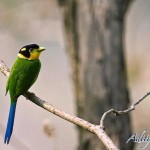
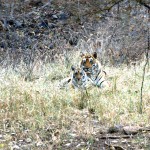
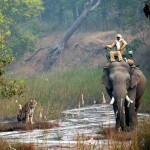

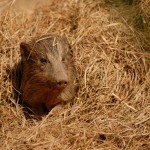




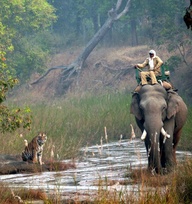
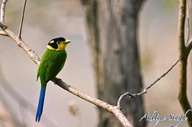

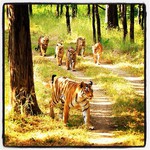



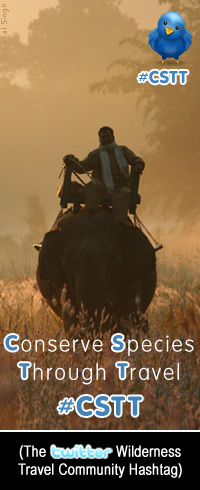



 Twitter
Twitter Facebook
Facebook RSS
RSS
Comments
Powered by Facebook Comments